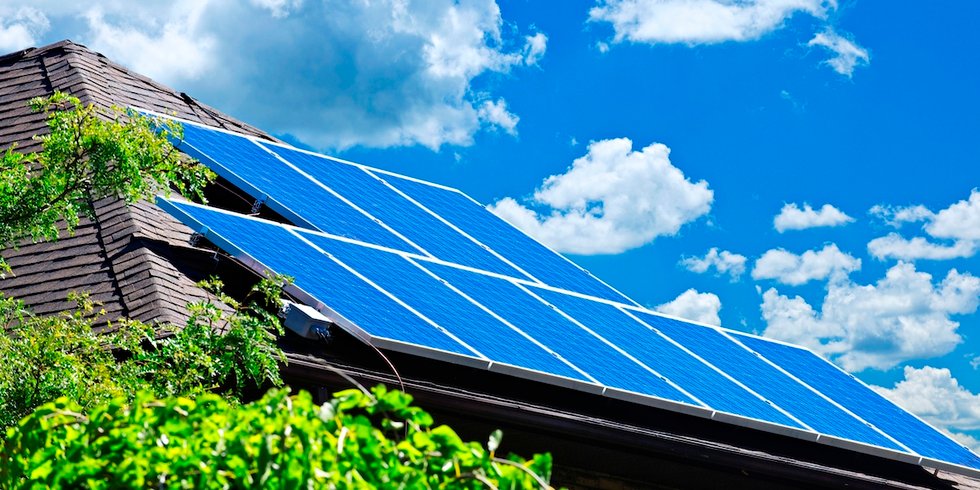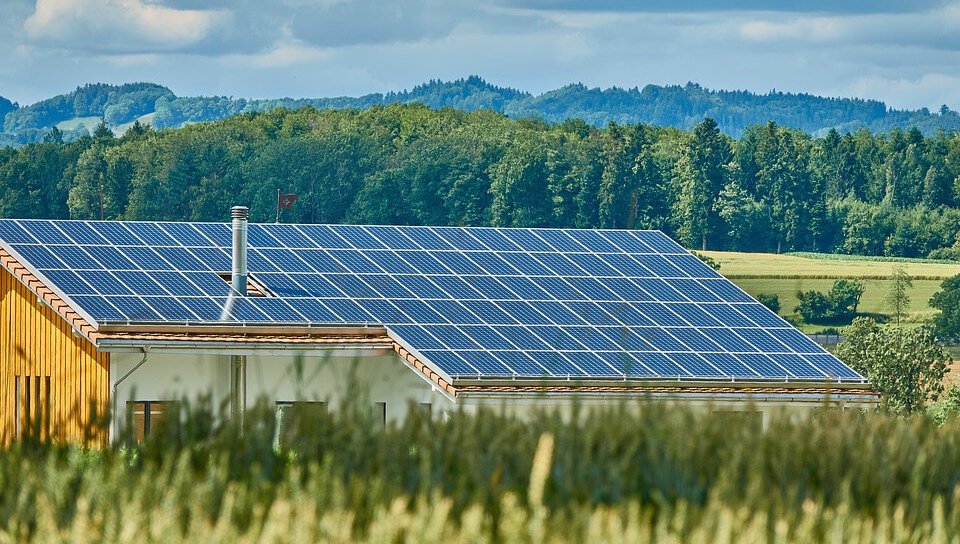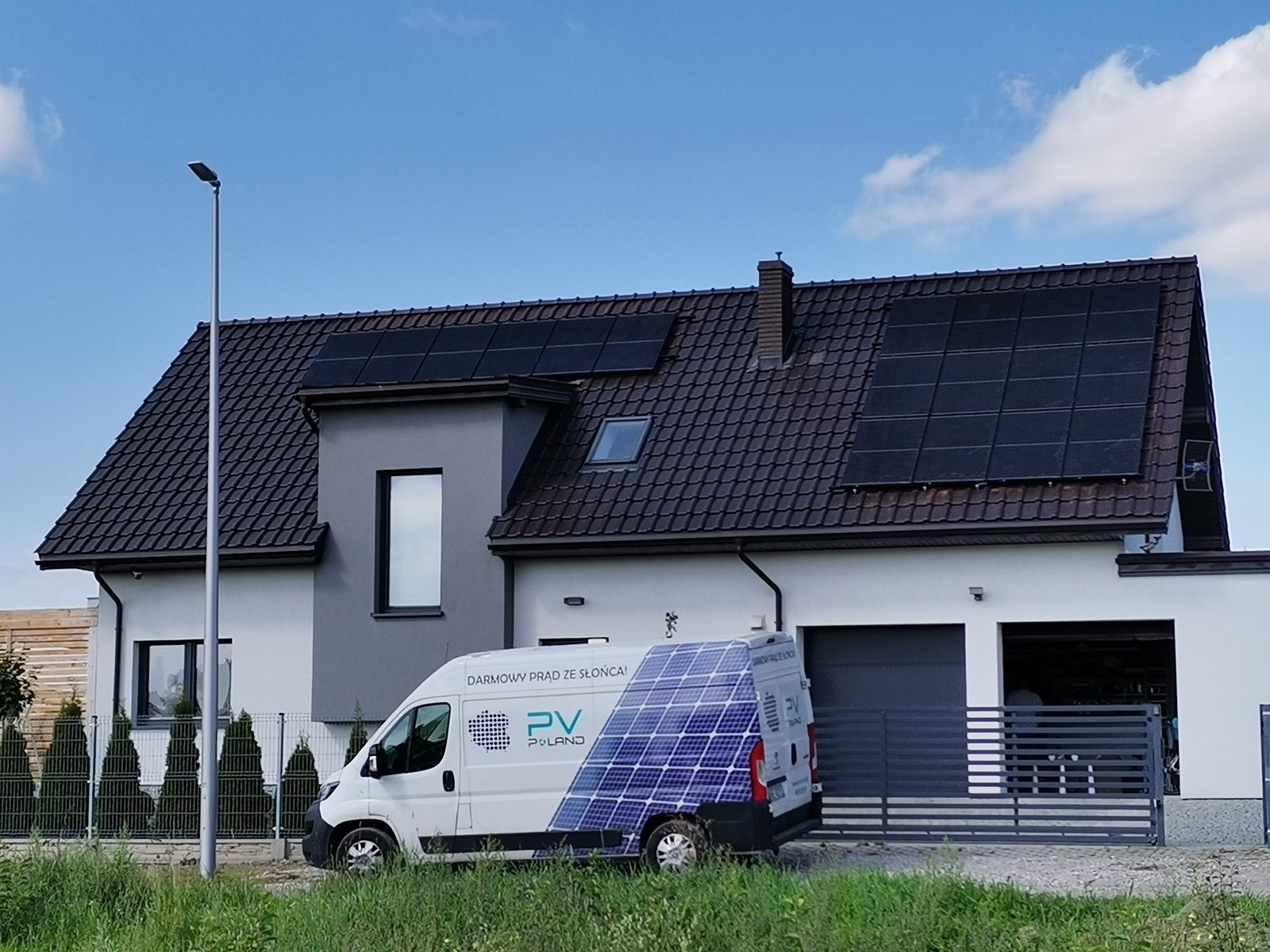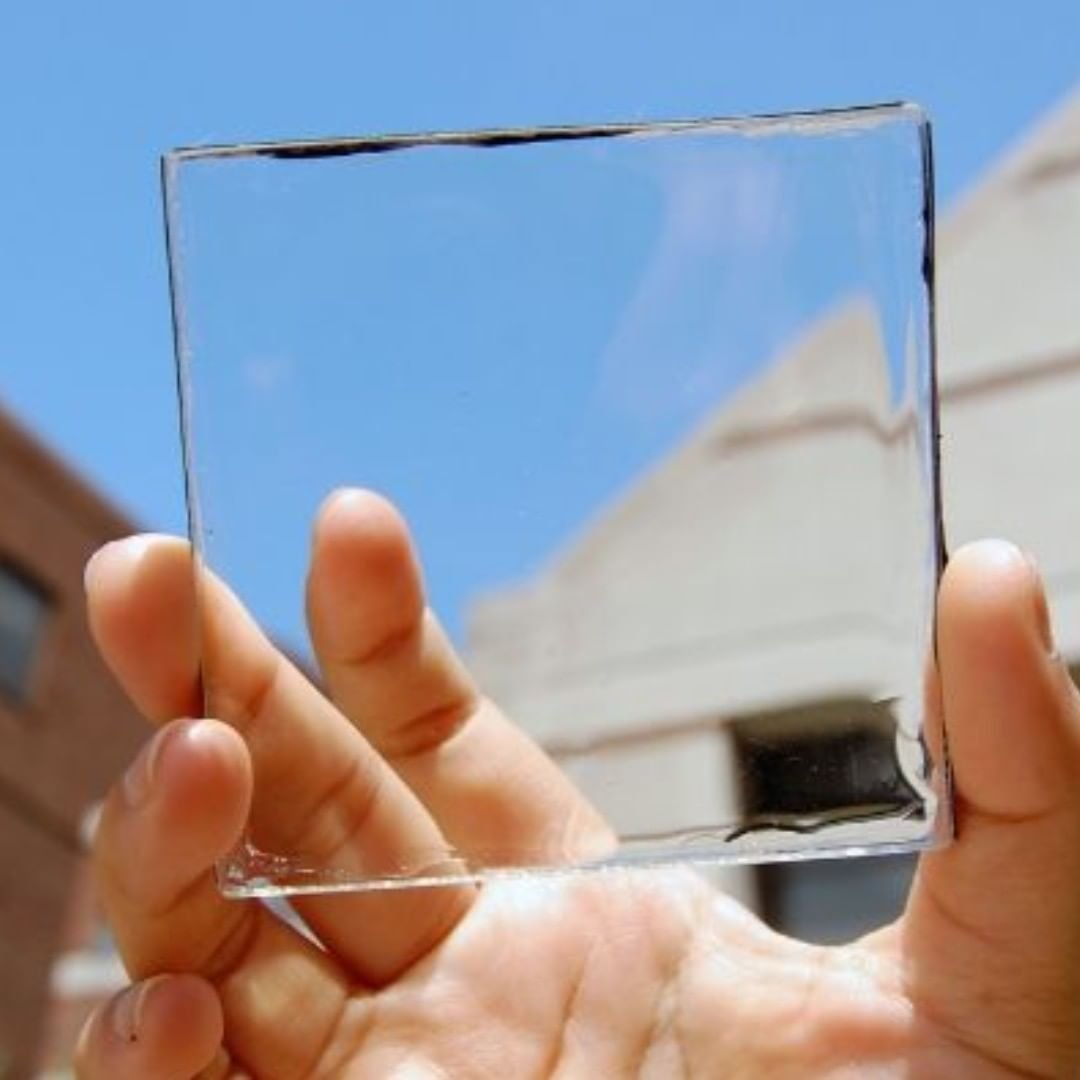
How to connect solar panels to inverter
You already know first-hand the advantages of solar panels and now you want to delve a little deeper into all the components that are part of your photovoltaic installation, so don’t miss a single one of our news . On this occasion, we want to talk to you about one of the great allies of your solar panels: investors . Still don’t know how to connect your solar panels to an inverter ? Keep reading! We tell you everything you need to know.
What is an inverter and what is it for?
The solar inverter is a device that is responsible for transforming the direct current (DC) generated by your solar installation into alternating current (AC). It is necessary in your photovoltaic installation because thanks to this transformation you can use the current from the solar panels directly in your home. Thus, through the inverter and the solar panels you can enjoy your own ecological, clean energy without additional costs.
How to install the inverter with solar panels
Installing the inverters with solar panels is a simpler process than you imagine. Here are the steps to follow .
Recognize each part of your electrical installation well
The first thing you should do is check the electrical distribution circuits of your home. They must all be in good working order. Make sure all the cables are well connected. Do you not recognize them well? You will identify them by colors: the yellow and green ones are the ground ones, the blue ones are the neutral ones and the black or brown ones are the phase ones. In this recognition, remember to accurately identify the different circuits in your home, such as the lighting, the oven, the plugs…
Take care of the battery protections
The next step will be the installation of the protections. Firstly, install the inverter on the wall. Place it in a dry place, away from anything that can cause an increase in the temperature of the inverter, such as the kitchen, the radiator… Next, you will have to install a circuit breaker or a fuse on the positive line that links the positive pole of the batteries with the inverter in order to protect the batteries.
Where to install the batteries
For everything to work properly, it’s not just where you put the inverter that matters. The location of the batteries is also relevant. The first thing you should take into account is the position of the inverter with respect to the batteries. This must be at a higher height, without being above them, since this way you avoid damage from the vapors that the batteries can release.Place the batteries in ventilated and cool places , where they do not get direct sunlight and the air is renewed, with temperatures below 25º C.
Install the batteries and the inverter in their location
Installing the batteries and the inverter is very easy. Fix the installation base of the inverter on the wall , with the help of lag screws and plugs, without forgetting the protections or the general circuit breaker. Then, place the batteries on a flat, smooth surface or on special battery racks.
Make the right connections
With everything installed correctly in place, it’s time to connect the inverter with the batteries. Once you have done it, connect the protections with the AC output line of your inverter and install 1,000 V DC fuses in the negative and positive poles, just before the inverter. You already have it? Now, establish the line connection of your solar panels . In case you have an external regulator, connect it to the batteries, and then connect the PV+ and PV- input and the panel line. If you have a charge regulator, simply make the connection between the panel line and the PV+ and PV- inputs.
Check that everything works as it should
Before finishing the installation, it is important to see that everything works well. Test the battery bank after placing the corresponding fuse and check that the voltage is what the inverter needs to work. Now check the panels, putting the fuses in them and seeing that the batteries charge and the panels work well with the help of a clamp meter. Finally, take care of the alternate line protections and make sure that both the light and the appliances in your home work.






